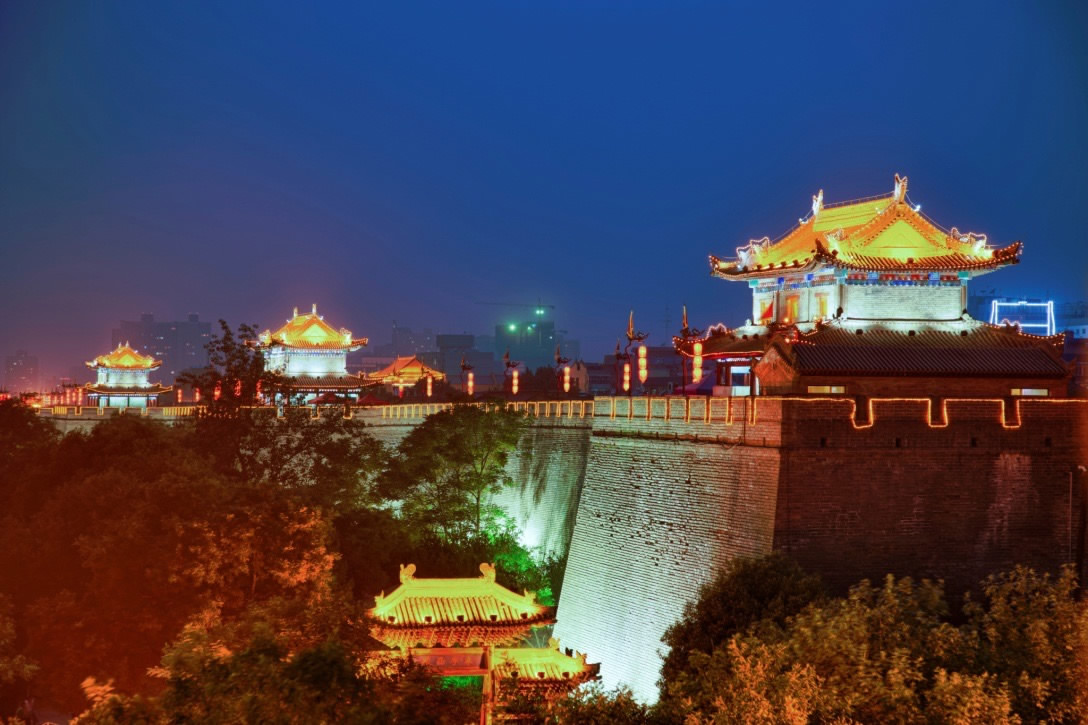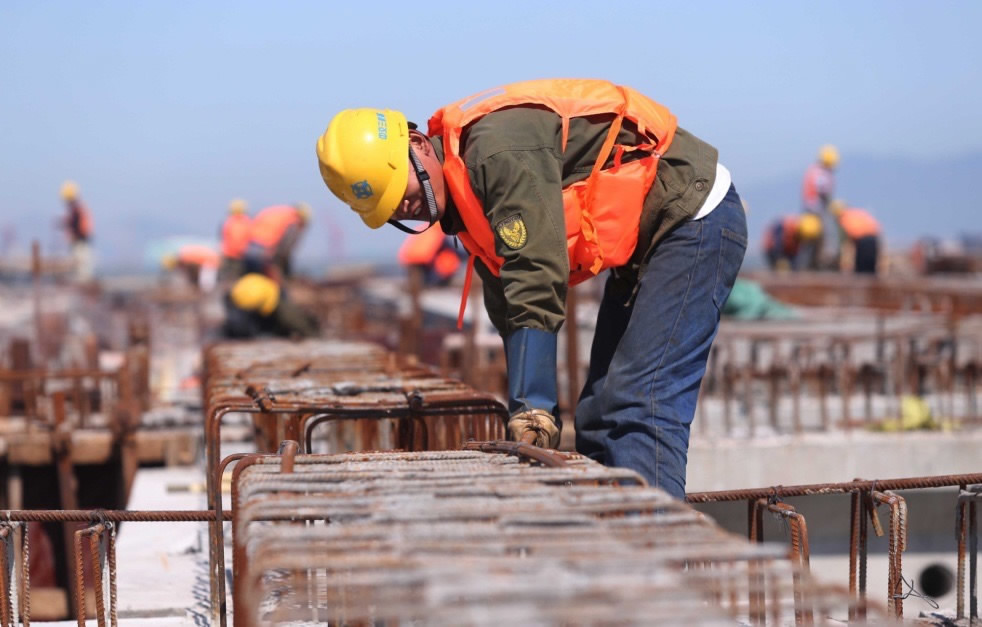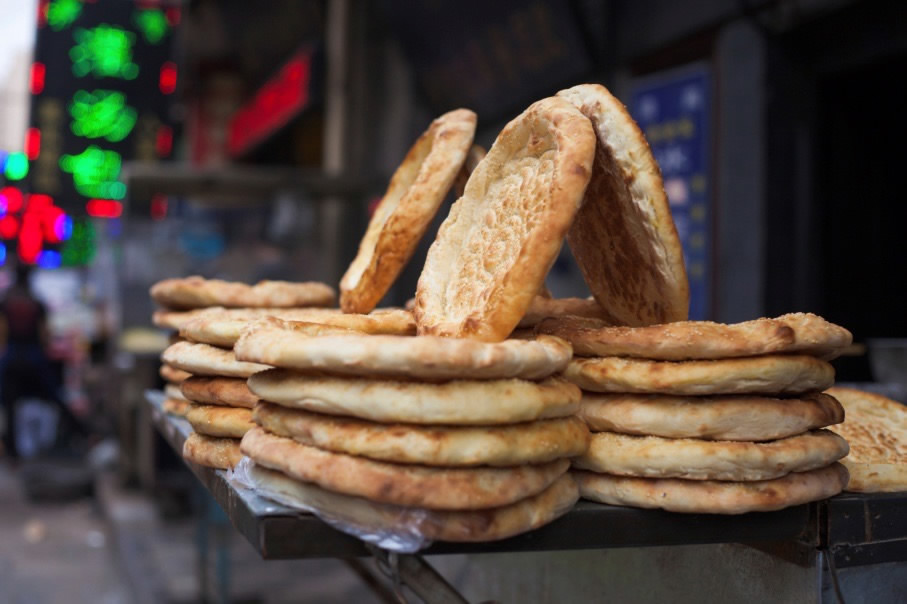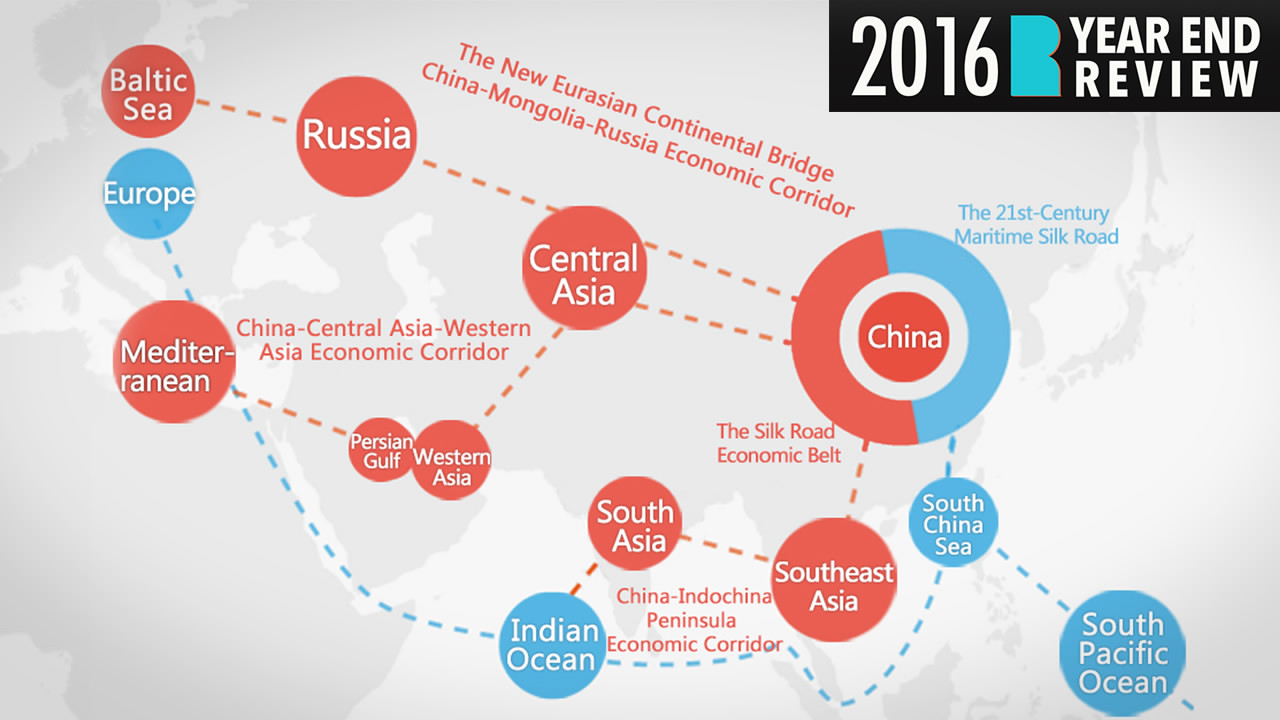- The Belt and Road Initiative was first proposed three years ago
- It builds better links not just for trade between different countries and regions but also for cultural links and movement of people
- It has created thousands of jobs and increased trade and tax revenues for numerous countries
China’s Belt and Road Initiative was proposed by President Xi Jinping in 2013. The Initiative refers to the Silk Road Economic Belt and the 21st Century Maritime Silk Road – a trade and infrastructure network connecting Asia with Europe and Africa along ancient trade routes.
The Chinese State Council says that the Initiative is a way for win-win cooperation which promotes common development along the countries.

A mountain near Dunhuang. Northwest China’s Gansu Province is making great efforts to build major platforms under the concept of the economic belt – making Dunhuang into an internationally famous city of culture and tourism. /CFP Photo
A mountain near Dunhuang. Northwest China’s Gansu Province is making great efforts to build major platforms under the concept of the economic belt – making Dunhuang into an internationally famous city of culture and tourism. /CFP Photo
The Chinese government emphasizes that it promotes practical cooperation in all fields. Since the Initiative was introduced, it has created business cooperation between Chinese and foreign enterprises.
As of July 2016, Chinese enterprises had established 52 economic cooperation zones in the countries while paying 900 million US dollars in taxes and creating nearly 70,000 jobs.

South gate of the Xi'an city wall, where the city takes part in the Belt and Road Initiative, both historically in the ancient trade route and now. /CFP Photo
South gate of the Xi'an city wall, where the city takes part in the Belt and Road Initiative, both historically in the ancient trade route and now. /CFP Photo
Also, during the first 11 months of 2016, 7,367 engineering contracts were signed by Chinese companies in 61 countries along the routes, with combined contract values of 100.36 billion US dollars.

A Belt and Road port – Lianyungang, in east China’s Jiangsu Province. /CFP Photo
A Belt and Road port – Lianyungang, in east China’s Jiangsu Province. /CFP Photo
"Although the Belt and Road Initiative was not a political initiative, promoting close economic and trade cooperation among the (participating) countries will definitely help enhance mutual political trust," said Chen Xiaochen, a researcher with the Chongyang Institute for Financial Studies, Renmin University.

Street food in Xi'an City. /CFP Photo
Street food in Xi'an City. /CFP Photo
Question for 2017
-The Foreign Ministry says the Belt and Road Initiative will be a major priority in 2017 to boost the global economy. How this is done and how much it will boost the global economy will be an important question in 2017.
-Which new countries and regions may join the Belt and Road Initiative in the future.
(Text by Chen Chen; Edited by John Goodrich and Marcus Ryder; Video edited by Zhu Danni; and Room with a View produced by Zhang Dayu)







